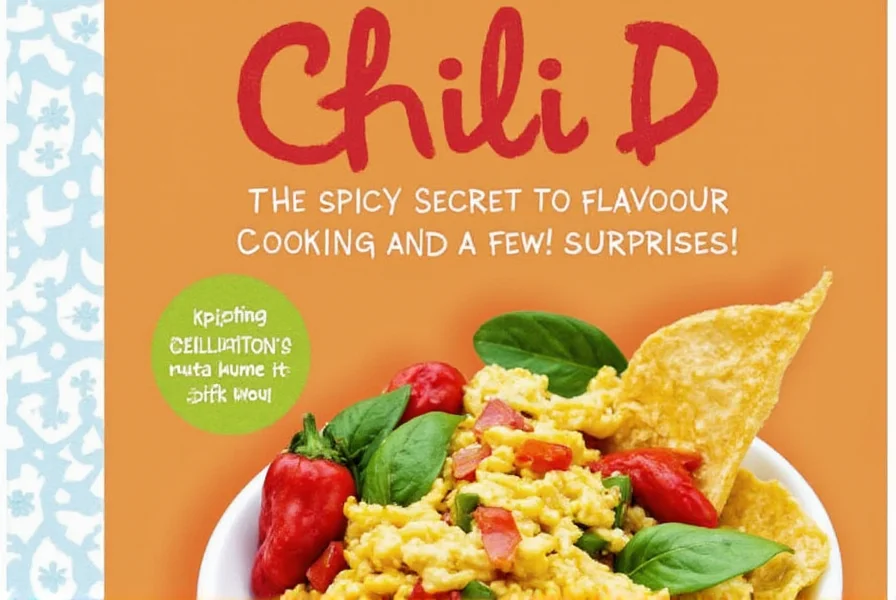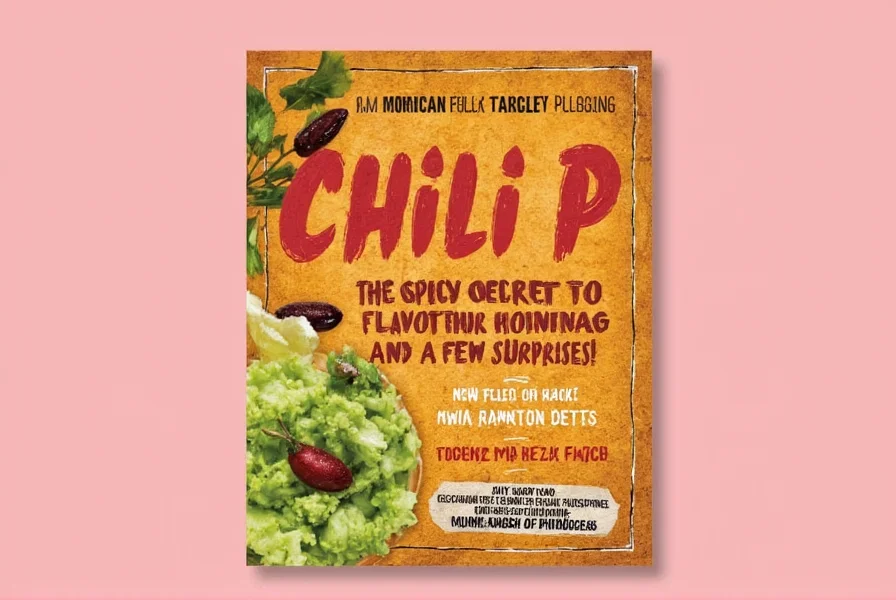Chili P: The Spicy Secret to Flavorful Cooking (and a Few Surprises!)
Table of Contents
- Introduction to Chili P
- Spice Basics You Need to Know
- Practical Tips for Using Chili P
- Buying Guide for Chili P
- Conclusion
Introduction to Chili P
Chili P might sound like a secret code or a new tech gadget, but it’s actually a key player in the world of spices. Known for its intense heat and complex flavor profile, chili p is more than just a spicy addition—it’s a flavor enhancer that can transform any dish from good to unforgettable.

If you're an enthusiast or a professional in the food industry, understanding how to use chili p properly can elevate your cooking game significantly. Whether you're making salsas, curries, or even cocktails, this spice has got something to offer for everyone.
Spice Basics You Need to Know
Before diving into the specifics of chili p, it's essential to understand some fundamental spice concepts:
- Scoville Heat Units (SHU): This is the measurement of how hot a chili pepper is. Chili p typically falls in the high SHU range, making it one of the hotter peppers available.
- Flavor Profile: Chili p isn't just about heat; it also brings a smoky, slightly sweet, and earthy flavor that complements many dishes.
- Usage: It can be used fresh, dried, or ground into powder. Each form has different applications depending on what you're cooking.
One thing to note is that while chili p is potent, it’s not always the best choice for every recipe. Understanding its characteristics will help you use it effectively without overpowering your dish.
Practical Tips for Using Chili P
Here are some handy tips to make the most out of your chili p experience:
- Start Small: If you're new to chili p, start with a small amount and gradually increase as needed. Remember, it's easier to add heat than to remove it.
- Pair Wisely: Chili p pairs well with bold flavors like garlic, cumin, and citrus. Avoid using it with delicate ingredients that might be overpowered.
- Use Fresh or Dried: Fresh chili p can be chopped and added directly to dishes, while dried versions are great for grinding into powders or using in rubs.
- Make Your Own Chilies: If you're feeling adventurous, try growing your own chili p plants. They thrive in warm climates and require minimal care.

Another tip is to store your chili p properly. Keep it in an airtight container away from light and moisture to maintain its potency and flavor.
Buying Guide for Chili P
When shopping for chili p, consider the following factors to ensure you get the best product for your needs:
| Product | Features | Advantages | Use Cases | Target Audience | Suitable Occasions |
|---|---|---|---|---|---|
| Chili P Powder | Ground chili p with consistent heat and flavor | Easy to measure and use in recipes | Seasoning meats, soups, and stews | Chefs, home cooks | Weeknight dinners, potlucks |
| Fresh Chili P | Whole peppers with natural oils and heat | Provides a more intense flavor and texture | Grilling, roasting, or chopping for salsas | Food enthusiasts, chefs | Cookouts, Mexican cuisine nights |
| Dried Chili P | Preserved for longer shelf life | Retains flavor and heat over time | Making chili pastes, sauces, or spice blends | Home cooks, spice lovers | Cooking classes, special events |
Some popular brands include Red Hot Chili Co., known for their high-quality chili p products, and Pepper Palace, which offers a wide variety of chilies for different culinary needs. When choosing a brand, look for those that emphasize freshness and purity.
The chili p is not just a spice; it's a flavor powerhouse that can bring depth and excitement to your meals. Whether you're looking to experiment with new recipes or simply want to add some heat to your favorite dishes, chili p is a must-have in your kitchen.
Conclusion
In summary, chili p is a versatile and powerful spice that can enhance the flavor of your dishes in countless ways. From its unique heat level to its rich flavor profile, it’s no wonder why it’s a favorite among both amateur and professional cooks.
By understanding how to use it effectively and where to find the best products, you’ll be able to unlock the full potential of this fiery ingredient. So next time you’re in the kitchen, don’t be afraid to give chili p a try—your taste buds will thank you!










 浙公网安备
33010002000092号
浙公网安备
33010002000092号 浙B2-20120091-4
浙B2-20120091-4